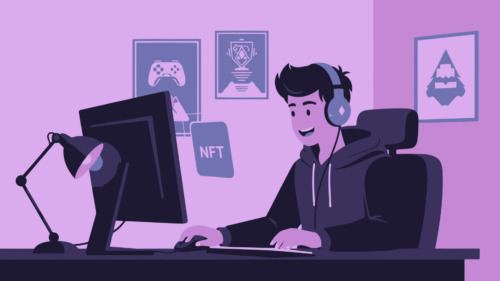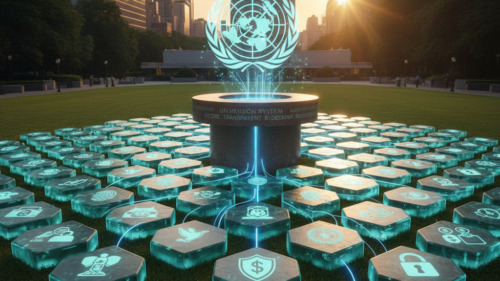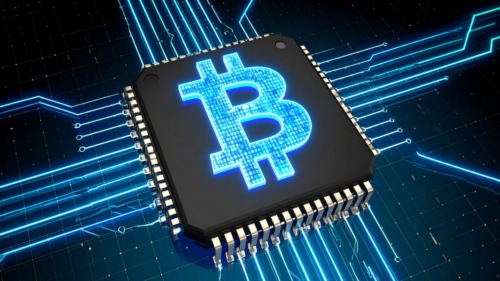Blockchain NFT Gaming Coins Are Soaring in 2021

This has been a year of unprecedented growth in blockchain non-fungible token (NFT) gaming coins. With some blockchain-enabled games seeing growth of almost 700 percent in a single week, digital games are becoming surprisingly profitable.
Playing Games and Earning Crypto
Mobile gaming, traditionally largely centralised, now benefits massively from NFTs, which allow gamers to transfer items that were won or purchased from one game to another game, thus conferring real-world value on digital in-game assets.
The transfer of NFTs outside of the ecosystems they were designed for gives them distinct value. Users have been found to spend 10-100x more on in-game NFT assets. This is because NFTs are unique and will remain with buyers forever.
To truly understand the extent of this phenomenon, let’s look at a few games that are realising mind-boggling growth.
StarLink
The price of StarLink ($STARL) token jumped a massive 40 percent over just 24 hours after a week of immense growth, with its trading volume rising 80 percent to just under US$29 million. The crypto gaming currency claims to be the “first 100 percent community-owned decentralised virtual space project” in which users can buy, sell and trade virtual satellites and spacecraft, and enact landings as they explore the solar system.
StarLink is following the ‘metaverse’ trend by creating a virtual world that can host data, ideas and NFTs. The company aims to evolve into a platform that offers visual and audio adaptations to drive NFT technology further, bringing it into real-world space and virtual reality concepts.
Splinterlands
NFT game Splinterlands is a new wave online collectible card game with the aim of replacing traditional trading cards. It has raised over US$3 million through a private token sale, which led to a price rally of over 100 percent for the newly issued token.
Online cards are minted as NFTs, meaning that players can own digital cards in the same way they would physical cards. The company has introduced a play-to-earn system where players can earn crypto rewards based on their in-game performance.
Splinterlands supports cross-compatibility blockchains to ETH, Tron and Wax, so that players can earn and trade coins.
FaraLand
FaraLand has been voted one of Binance Smart Chain’s top winning NFT projects.
The NFT metaverse game has gone up almost 700 percent in a week. This turn-based RPG game native to Binance Smart Chain makes use of NFTs to allow players involvement and ownership of their in-game assets.
Players own their warriors, pets, armour and items in the form of NFTs that are used to engage in “thrilling battle”. The in-game token, FARA, can be used to upgrade characters, reinvest in the game, and can even be cashed out for real-world prizes.
Flow
The price of Flow, a token from Dapper Labs, the company that brought you CryptoKitties, has risen from US$18.26 to US$27.56 following an announcement from Binance that it intends to list the project. The Flow blockchain is highly scalable and allows easy integration for third-party developers.
Fear
NFT-based horror game Fear has seen a growth in price of 429 percent in a single week in anticipation of the launch. Fear joins other video games in utilising crypto underpinnings and NFT mechanics to add another layer of player involvement and ownership.
Fear, the first horror game in a series native to the ETH blockchain, launched on July 20, and holders of the FEAR coin will have access to NFT trades and sales. Like other games, NFTs represent in-game items and allow users to become more involved than ever in the workings of the game.
Players will be able to earn FEAR coins by simply playing the game, and will be allowed to farm in-game items. This gamifies staking and yield farming and serves to strengthen the ties between crypto and gaming.
By Jana Serfontein, Crypto News Guest Author






